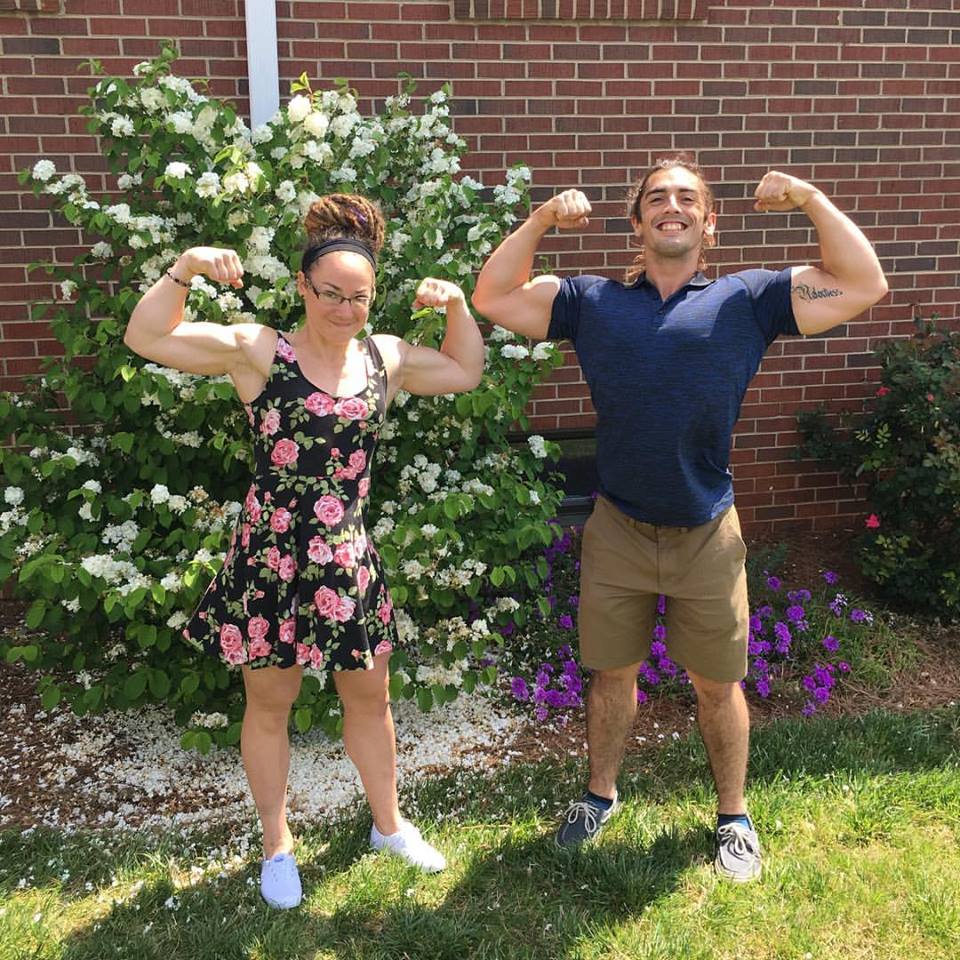Check out The “Eat What You Want” E-Book to understand nutrition better. With a built-in Macro Calculator, you will have all the tools necessary to getting your nutrition in check.
Check them out here: ⇒ “Eat What You Want”
==============================================
Protein Made Simple
by Jacky Bigger, M.S. (Follow her on Instagram at @a.little.bigger)
You may have already read my article that quickly went over what carbohydrates are. If not, go back and take a look. If so, then you’ll know my goal of these articles is to provide you with some quick, simple information to get you started on your nutrition journey, or to clear some things up for you if you have already gotten started. In this article, I’m going to simplify protein for you. What it is, why you need it and how much you actually need.

Protein is one of the three macronutrients needed by our body. By definition from the Merriam-Webster dictionary protein is “any of various naturally occurring extremely complex substances that consist of amino-acid residues joined by peptide bonds, contain the elements carbon, hydrogen, nitrogen, oxygen, usually sulfur, and occasionally other elements (such as phosphorus or iron), and include many essential biological compounds (such as enzymes, hormones, or antibodies)” Put in simpler terms protein is a combination of multiple atoms along with various nitrogen atoms, a.k.a. amino groups that are building blocks for our entire body.
The human body is comprised of so many different proteins and without protein we simply wouldn’t exist. Proteins are in the membranes of every single cell in the body. Your hair, nails and skin are all made from the protein keratin. Muscle tissues contain a number of different proteins. Bones contain plenty of protein and protein is also necessary for you red blood cells to carry oxygen around the body. As you can see, protein is very important and basically make up much of the structure of our body.
There are two main types of proteins, complete and incomplete. As mentioned above proteins are made up of amino acids, some of these amino acids we can create in our bodies, and others we must obtain from our diet. The nine amino acids that our body cannot manufacture on it’s own are called essential amino acids. The protein sources that contain all nine of these essential amino acids are complete proteins sources. Some examples of these are: meat, dairy, quinoa, hemp seeds and soy. The protein sources that do not contain all of these 9 essential amino acids are called incomplete protein sources. Some incomplete protein sources are: grains, nuts, seeds, and legumes.
So how much protein to we need? The National Institute of Health Recommends .75g of protein per kilo of body weight per day. Which equates to .34g per lb of bodyweight. For a person who weighs 150lbs, they recommend no less than 51g of protein. Keep in mind, that this is the absolute minimum amount needed for health and survival. If you’re an athlete or are active at all you’ll need more than this recommendation to perform well in your sport and gain optimal muscle mass. The Academy of Nutrition and Dietetics states that athletes require 1.4 to 1.6g of protein per kg body weight, which equates to .64 to .82 g per pound. So, for that same 150lb person this would equal out to 96 to 123g. Determining your overall protein need it pretty straight forward, but what about your amino acids?
It is likely that you’re getting all of your essential amino acids if you’re hitting the recommended grams and eating a variety of protein sources. If you eat animal products, it’s much easier to get all nine. If not, it may be a bit more difficult, but it’s still possible. Incomplete protein sources can be combined to create complete proteins. For example, rice and beans paired together create a complete protein, as do peanut butter and wheat bread. These are just two quick examples. So, it’s definitely possible to get all your essential amino acids without consuming animal product, you just have to be a bit more careful.
There are many different sources to get your protein from and numerous protein supplements, and snacks with added proteins available on the market as well. However, as always, we recommend getting a majority of your protein products from natural whole foods. Grass-fed, hormone free meat sources are best. Along with organic veggies, beans and breads when possible, but that could be a whole separate article itself. For now, I’ll just leave you with a few of my favorite protein options.
Animal Protein Sources
– Eggs
– Chicken Breasts
– Lean ground beef
– Ground turkey
– Plain Greek Yogurt
– Cottage cheese
– BiPro Whey Protein
Plant based Protein Sources
– Tempeh
– Oats
– Beans
– Almonds
– Quinoa
– Ezekiel bread
==============================================
Check out one of the Eat What You Want Online Teams:
• Eat What You Want (Everything Needed to Perfect Your Nutrition)
• Eat and Lift What You Want (Get Your Nutrition and Your Workout Perfected)
Check them out here: ⇒ ‘Team Eat and Lift What You Want’
